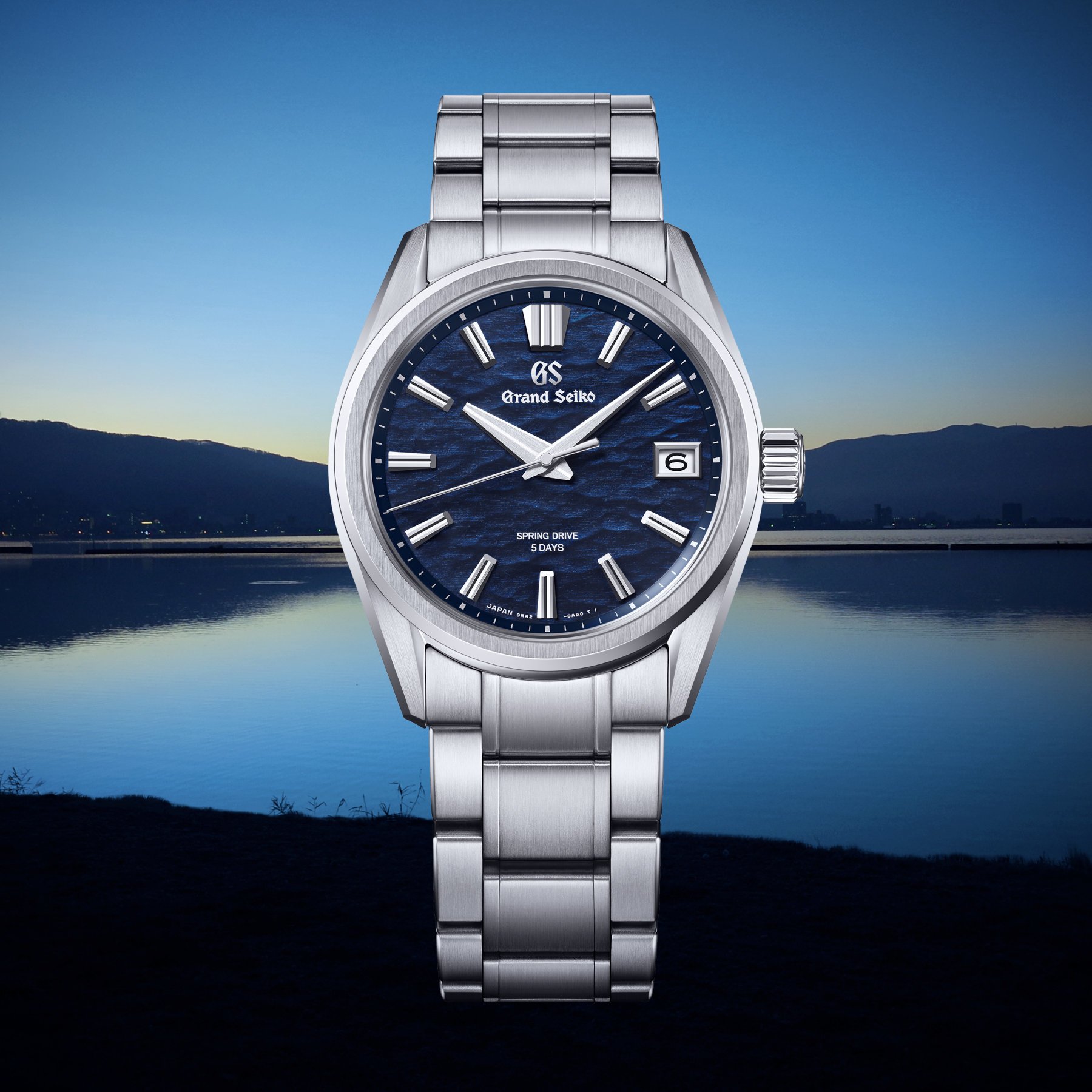Seiko, a name synonymous with precision and innovation in the watchmaking world, boasts a rich history spanning over a century. From its humble beginnings as a small family business to its current status as a global leader, Seiko’s journey is a testament to its unwavering commitment to technological advancement and elegant design. This exploration delves into the brand’s evolution, examining its key milestones, groundbreaking technologies, diverse product lines, and competitive landscape.
This in-depth analysis will trace Seiko’s ascent, highlighting its pioneering contributions to quartz technology and the development of the revolutionary Spring Drive movement. We will explore the brand’s diverse product offerings, from the rugged Prospex line to the sophisticated Presage collection, and analyze its strategic marketing approaches targeting distinct demographics. Furthermore, we’ll compare Seiko’s market positioning against its major competitors, assessing its strengths, weaknesses, and overall impact on the global watch industry.
Seiko’s Legacy: A Deep Dive into the Brand’s History, Innovation, and Market Position
Seiko, a name synonymous with precision and innovation in the watchmaking world, boasts a rich history spanning over a century. From its humble beginnings as a small family business to its current status as a global leader, Seiko’s journey is marked by groundbreaking technological advancements, diverse product lines, and a strong brand identity. This article delves into the various facets of Seiko’s success, examining its brand history, technological prowess, market positioning, and future prospects.
Seiko’s Brand History and Heritage

Source: bigcommerce.com
Established in 1881 by Kintaro Hattori, Seiko’s journey began with the repair and sale of clocks and watches. The company’s early success was built on a foundation of precision and quality, quickly establishing a reputation for reliability. Key milestones include the launch of Japan’s first wristwatch in 1913, the development of the world’s first quartz watch (the Astron) in 1969, and the introduction of Spring Drive technology in 1999.
Seiko’s marketing campaigns have consistently emphasized its technological leadership and commitment to craftsmanship, fostering a strong brand image associated with innovation and value. The company’s corporate social responsibility initiatives, including environmental sustainability programs, further enhance its positive brand perception.
Seiko, renowned for its precision timepieces, recently saw a surge in online interest among a niche community. This unexpected spike in searches correlates with the release of updated information on switch latest sigpatches , suggesting a possible connection between modified gaming consoles and the brand’s popularity. Further investigation is needed to determine the exact nature of this link, but the correlation remains intriguing for Seiko enthusiasts and tech analysts alike.
Seiko’s Watch Technology and Innovation
Seiko’s contributions to watchmaking technology are unparalleled. The development of the quartz movement revolutionized the industry, offering unprecedented accuracy and affordability. Spring Drive, a unique hybrid technology combining the precision of quartz with the elegance of mechanical movements, represents another significant milestone. Seiko’s mechanical movements, while not as widely known as its quartz offerings, showcase exceptional craftsmanship and longevity.
The company continually innovates in materials, utilizing high-tech ceramics, titanium, and other advanced materials to create durable and aesthetically pleasing timepieces.
| Model | Movement | Key Features | Price Range (USD) |
|---|---|---|---|
| Grand Seiko Spring Drive GMT | Spring Drive | High accuracy, GMT complication, elegant design | $4000 – $8000 |
| Presage Cocktail Time | Automatic | Inspired by classic cocktail recipes, enamel dial | $1000 – $2000 |
| Prospex Diver’s | Quartz or Automatic | High water resistance, durable construction, various designs | $500 – $2000 |
| Astron GPS Solar | Quartz | GPS timekeeping, solar powered, world time functionality | $1500 – $3000 |
Seiko’s Product Lines and Target Markets
Seiko’s diverse product lines cater to a wide range of customers and preferences. The Prospex line targets outdoor enthusiasts and divers, offering robust and functional watches. Presage appeals to those who appreciate classic watchmaking and sophisticated designs. Astron caters to the technologically-minded consumer, offering GPS solar watches with exceptional accuracy. Seiko’s marketing strategies vary across these lines, reflecting the unique needs and desires of each target audience.
For example, Prospex marketing emphasizes durability and functionality, while Presage focuses on craftsmanship and elegance.
Seiko’s Competitors and Market Positioning
Seiko competes with other major watch brands like Citizen, Casio, and Orient. Seiko’s competitive advantages include its wide range of products, its technological innovations, and its strong brand reputation. However, it also faces challenges from competitors offering similar products at lower price points. Seiko’s pricing strategy balances its commitment to quality with the need to remain competitive in the market.
Strategic collaborations and partnerships further enhance its market position and brand visibility.
Seiko’s Brand Image and Customer Perception
Seiko’s brand image is one of innovation, reliability, and value. The company cultivates this image through its marketing efforts, highlighting its technological advancements and commitment to quality. Customer reviews generally praise Seiko’s watches for their accuracy, durability, and affordability. However, some criticisms relate to certain aspects of customer service and the perceived value of some models within specific price ranges.
- Technological innovation
- High quality at competitive prices
- Wide range of styles and functionalities
- Strong brand heritage
Seiko’s Future and Sustainability
Seiko’s future plans involve continued innovation in watch technology and expansion into new markets. The company faces challenges such as increasing competition and changing consumer preferences. However, its commitment to sustainability and environmental responsibility positions it well for long-term growth. Seiko is likely to continue its focus on technological advancements, such as further refinements to Spring Drive technology and the development of new materials and designs.
Ending Remarks

Source: monochrome-watches.com
Seiko’s enduring success is a testament to its ability to seamlessly blend tradition with innovation. By consistently pushing the boundaries of horological technology and maintaining a keen understanding of evolving consumer preferences, Seiko has solidified its position as a major player in the global watch market. Its future looks bright, driven by a commitment to sustainability, technological advancement, and a continued legacy of crafting exceptional timepieces.
